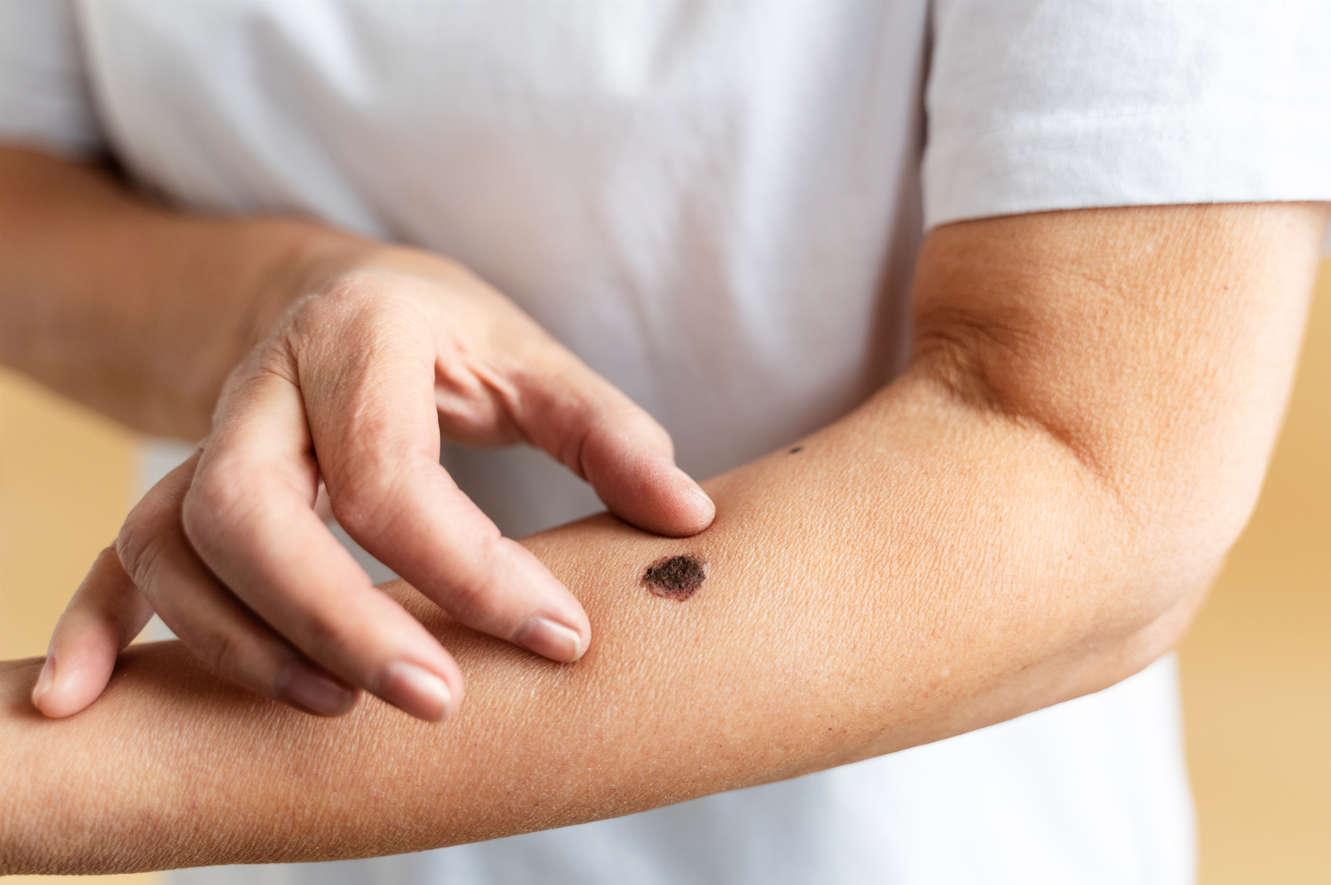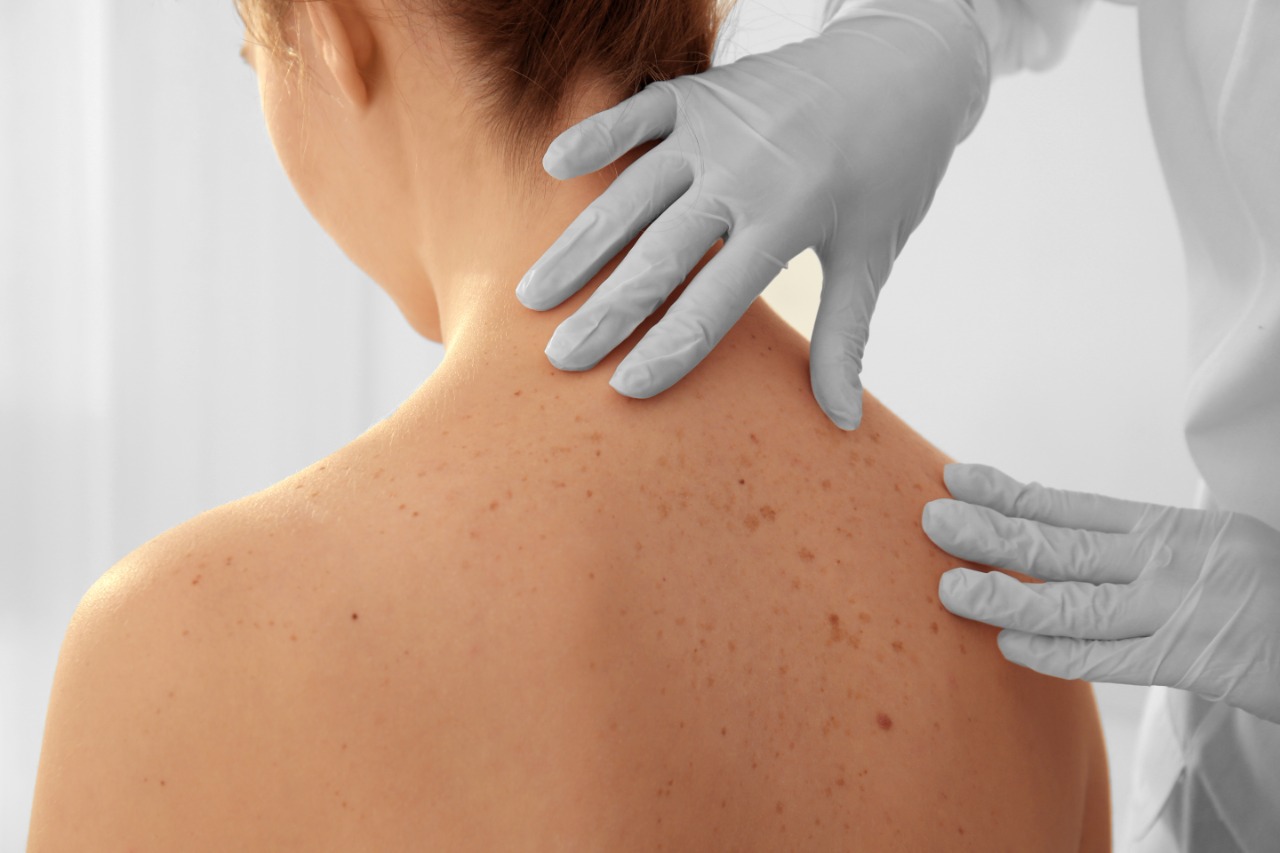Tattoo artists: the new allies for early detection of skin cancer

There are diseases that cannot be prevented. Others, such as cutaneous melanoma—one of the most aggressive forms of skin cancer—are directly related to certain habits and, furthermore, often present warning signs that allow for timely action. The problem is that they are not always detected.
In Colombia, more than 1,700 new cases of melanoma are reported each year, and more than 460 people die from it. It's a cancer that, if detected early, has a survival rate of over 95%.
But if it progresses undiagnosed, it can reach the brain, lungs, or liver. The difference between a mole and a metastasis can be in the eyes of the person who sees it first.
In this sense, tattoo artists have begun to occupy an important place in the chain of early melanoma detection.
When a person returns to the same studio repeatedly, the artist gets to know their skin in detail. And when that skin changes—when a new mole appears, an uneven spot appears, or a wound doesn't heal—the tattoo artist may notice it before anyone else.
With that in mind, the biopharmaceutical company Bristol Myers Squibb (BMS) Colombia, together with the Luis Carlos Sarmiento Angulo Cancer Treatment and Research Center (CTIC), the Colombian Skin Cancer Foundation (FCPC), the Aurora Clinic, and ISDIN Colombia, launched the "Busca el Punto" campaign.
The goal is to educate people about the early signs of melanoma and to promote tattoo artists as allies in prevention.
María Soledad Aluma, a dermatologist and Mohs surgeon and director of the Colombian Skin Cancer Foundation, explains that "if melanoma is suspected, the most important thing is to tell the tattoo client to consult a professional. That's the priority."

The medical recommendation is simple: don't tattoo over a suspicious mole. Photo: Courtesy of BMS
Although there is no conclusive evidence that tattooing increases the risk of melanoma, it has been documented that lesions located in tattooed areas tend to be diagnosed later.
Inks can cause inflammation, cover up early signs of a malignancy, or interfere with tests such as MRIs in advanced cases. Therefore, the medical recommendation is simple: do not tattoo over a suspicious mole.
The campaign will kick off with information sessions for tattoo artists in different cities, where they will be taught to recognize the warning signs of melanoma according to the ABCDE rule: A (asymmetry), B (irregular edges), C (uneven color), D (diameter greater than 6 mm), and E (evolution).
The idea is not for tattoo artists to diagnose, but rather to know when to say, "This is better seen by a doctor."
Dr. Santiago Andrés Ariza Gómez, a dermato-oncologist at the CTIC (Center for Clinical Oncology), clarified that the role of tattoo artists is not to replace specialists, but rather to help patients get to treatment in a timely manner: "The prognosis for melanoma depends on early detection. And the tattoo artist, due to their skills, may be the one who notices it before anyone else."

Tattoo artists can be great allies in alerting their clients to skin abnormalities. Photo: Courtesy of BMS
The initiative will also reinforce basic but urgent messages: use sunscreen, avoid tanning beds, monitor for skin changes, and avoid getting tattoos over moles.
Participating tattoo studios will share information on their social media and with their clients. Instead of hiding a stain with ink, the message is clear: if something doesn't look right, it needs to be checked out.
Melanoma doesn't warn you with pain. It does so with shape and color. Covering it up is taking an unnecessary risk. And detecting it early can save a life. The rest, like a tattoo, can wait.
JUAN JOSE RIOS ARBELAEZ - ADN EDITORIAL.
eltiempo





